Home>Garden Essentials>How To Plant Papaya Seeds From Fruit
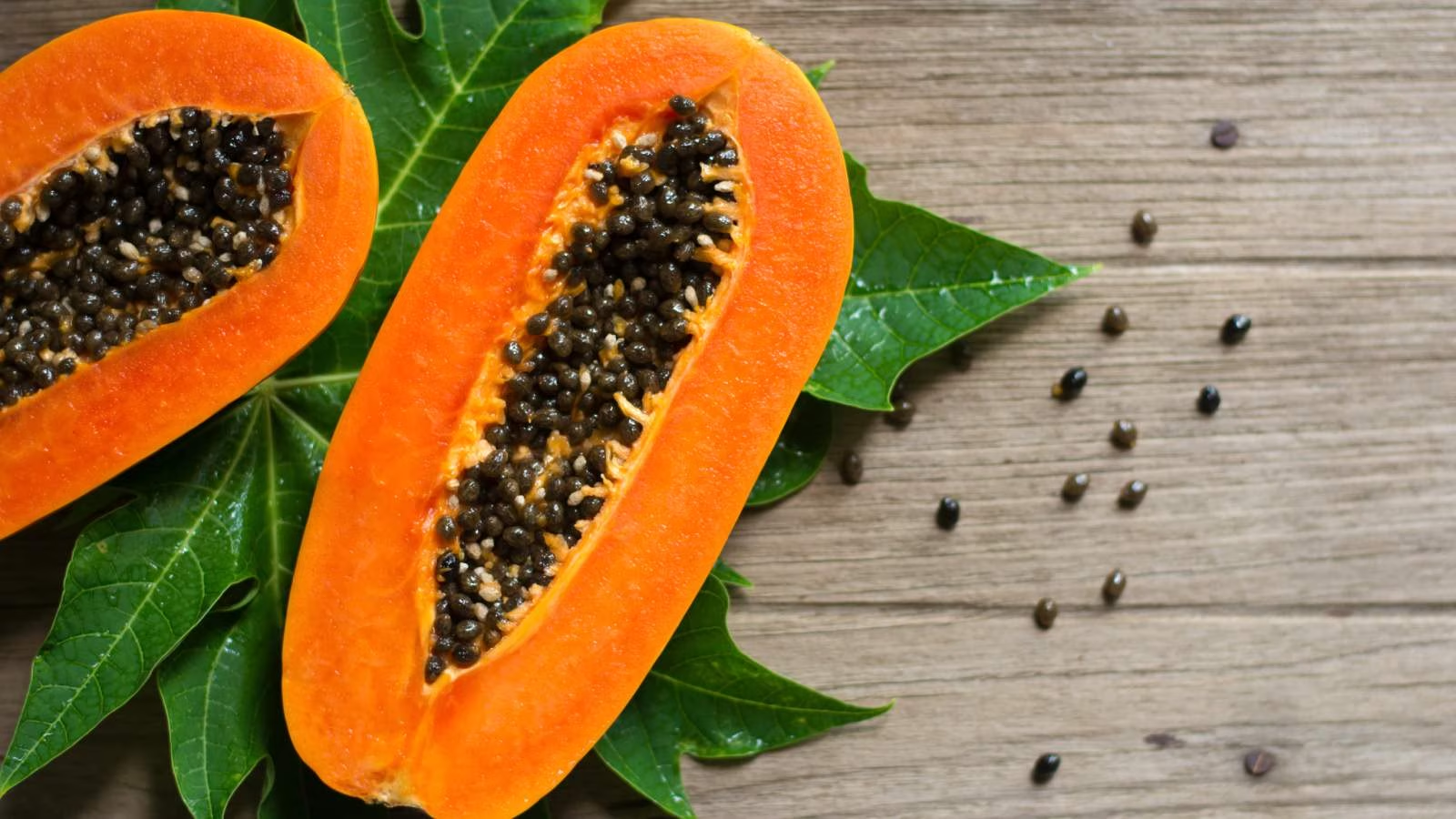

Garden Essentials
How To Plant Papaya Seeds From Fruit
Modified: March 15, 2024
Learn how to plant papaya seeds from fruit in your garden. Follow our step-by-step guide for a successful papaya seed planting process.
(Many of the links in this article redirect to a specific reviewed product. Your purchase of these products through affiliate links helps to generate commission for Storables.com, at no extra cost. Learn more)
Introduction
Gardening is a wonderful hobby that allows us to connect with nature and enjoy the beauty of plants. One fruit that many gardeners love to grow is the papaya. With its luscious tropical flavor and vibrant orange color, the papaya is a true delight to have in your garden.
If you’re wondering how to plant papaya seeds from fruit, you’ve come to the right place. In this article, we will guide you through the process of selecting the right fruit, preparing the seeds, germinating them, planting the seeds, and caring for the seedlings until they are ready for transplanting.
So grab your gardening gloves and let’s dive into the exciting world of growing papayas!
Key Takeaways:
- Choose ripe, healthy papaya for seeds. Prepare seeds by rinsing, drying, and optionally treating with fungicide. Create a warm, moist environment for germination, then plant in well-draining soil.
- Care for seedlings by watering, fertilizing, pruning, and protecting from pests. Transplant into sunny, well-draining soil, provide support, and continue care for thriving papaya plants.
Read more: How Deep To Plant Papaya Seeds
Choosing the Right Fruit
The key to successful papaya seed planting starts with choosing the right fruit. Look for a ripe and healthy papaya that is fully matured. The fruit should have a vibrant color, typically yellow or orange, and a slightly soft texture when gently pressed.
Avoid selecting papayas that are overly ripe or have blemishes, as these may indicate that the fruit is past its prime. Additionally, choose a papaya variety that is suitable for your climate. Papayas come in different varieties, some of which are more tolerant to cold weather while others thrive in tropical conditions.
When selecting a fruit, it’s important to consider its origin. If possible, choose a papaya from a local source or a fruit that has been grown in a similar climate to yours. This will increase the chances of the seeds adapting well to your growing conditions.
Once you’ve found the perfect papaya, it’s time to move on to the next step of the process: preparing the seeds.
Preparing the Seeds
Before planting the papaya seeds, it’s essential to properly prepare them to increase their chances of germination. Here are the steps to follow:
- Start by scooping out the seeds from the papaya fruit. Use a spoon or your fingers to separate them from the flesh. Take care not to damage the seeds in the process.
- Once you have collected the seeds, rinse them thoroughly with water to remove any remaining fruit pulp. This will prevent mold or bacterial growth during the germination process.
- After rinsing, place the seeds on a clean cloth or paper towel and pat them dry gently. Make sure they are completely dry before proceeding.
- Some gardeners recommend treating the seeds with a fungicide or soaking them in a mixture of water and hydrogen peroxide for a short period. This can help prevent fungal infections and improve germination rates. However, this step is optional.
- Finally, let the seeds air-dry for a few more hours to ensure that they are completely moisture-free. This step is crucial as excess moisture can cause the seeds to rot.
Once the seeds are properly prepared, it’s time to move on to the next stage: germinating them.
Germinating the Seeds
Germination is the crucial process where the papaya seeds sprout and start developing into seedlings. Follow these steps to successfully germinate your papaya seeds:
- Moisten a paper towel or a piece of cloth with water. Make sure it is damp but not soaking wet.
- Place the prepared papaya seeds on the moist paper towel, spacing them out evenly. Fold the paper towel or cloth over the seeds to cover them gently.
- Transfer the paper towel with the seeds to a sealable plastic bag or a covered container. This will create a humid environment, promoting germination.
- Store the container in a warm location, ideally around 75-85 degrees Fahrenheit (24-29 degrees Celsius). You can use a germination heat mat or place the container near a heat source to maintain the optimal temperature.
- Check the seeds regularly for signs of germination. This can typically take anywhere from 1 to 4 weeks, depending on the seed’s condition and variety.
- Once you see small sprouts emerging from the seeds, it’s time to transfer them to a suitable planting medium.
By following these steps, you will ensure a successful germination process that will set the stage for healthy papaya seedlings. Now, let’s move on to planting the seeds.
To plant papaya seeds from fruit, scoop out the seeds, wash off the pulp, and let them dry for a day. Then, plant them in a pot with well-draining soil, keep it moist, and place it in a warm, sunny spot.
Planting the Seeds
With your germinated papaya seeds ready, it’s time to plant them and give them a proper home to grow into healthy papaya plants. Follow these steps to plant your papaya seeds:
- Choose a large pot or a well-draining container with a depth of at least 12 inches. Papaya plants have a deep root system, so providing enough space is essential.
- Fill the container with a rich, well-draining soil mixture. You can use a combination of compost, potting soil, and sand to ensure proper drainage.
- Create small holes in the soil, approximately 1 inch deep. Place the germinated seeds into the holes, and gently cover them with soil.
- Water the newly planted seeds thoroughly, ensuring the soil is moist but not waterlogged. Aim to keep the soil consistently moist throughout the germination process.
- Place the pot or container in a warm and sunny location, preferably with 6-8 hours of direct sunlight each day. Papaya plants thrive in full sun.
- Continue to monitor the soil moisture level and water the plants when needed. Avoid overwatering, as it can lead to root rot. Maintaining a moist soil will promote healthy growth.
With these steps, you have successfully planted your papaya seeds. Now, let’s move on to the important task of caring for the seedlings.
Read more: How To Grow Papaya From Seed
Caring for the Seedlings
Now that your papaya seedlings have started to grow, it’s essential to provide them with proper care to ensure their healthy development. Here are some crucial steps to follow:
- Watering: Papaya plants require regular watering, especially during dry periods. Keep the soil evenly moist, but be cautious not to overwater. Allow the top inch of soil to dry out slightly before watering again.
- Fertilizing: Feed your papaya seedlings with a balanced fertilizer every two to three weeks during the growing season. Look for a fertilizer specifically formulated for fruit-bearing plants and follow the manufacturer’s instructions for application.
- Pruning: As your papaya seedlings grow, remove any side shoots or weak branches to encourage the development of a strong central trunk. This will help the plant support the weight of its future fruit.
- Protection: Papaya plants are susceptible to pests and diseases, particularly aphids, mealybugs, and powdery mildew. Monitor your plants regularly and take appropriate measures such as using organic insecticides or employing natural pest control methods to protect them.
- Support: As your papaya plants mature, they may require support to prevent strain on the trunk and branches from heavy fruit. Use stakes or trellises to provide support and keep the plants upright.
- Mulching: Apply a layer of organic mulch, such as wood chips or straw, around the base of the plants. Mulching helps retain moisture, suppresses weed growth, and provides essential nutrients as it breaks down.
- Temperature Considerations: Papaya plants thrive in warm temperatures between 75-90 degrees Fahrenheit (24-32 degrees Celsius). If you live in a colder region, consider growing papayas in large containers that can be moved indoors during the winter months.
By providing the proper care and attention outlined above, you will help your papaya seedlings flourish and prepare them for the next stage: transplanting.
Transplanting the Seedlings
Once your papaya seedlings have grown to a certain height and developed a strong root system, it’s time to transplant them into their permanent location. Here’s a step-by-step guide on how to successfully transplant your papaya seedlings:
- Choose the right location: Select a sunny spot in your garden where the papaya plants will receive at least 6-8 hours of direct sunlight each day. Ensure the soil is well-draining and rich in organic matter.
- Prepare the planting hole: Dig a hole that is twice as wide and deep as the root ball of the seedling. Loosen the soil in the hole to facilitate root growth.
- Remove the seedling from the container: Gently tap the sides of the container to loosen the root ball. Carefully lift the seedling out, taking care not to damage the roots.
- Place the seedling in the planting hole: Set the seedling in the hole, ensuring that the top of the root ball is level with or slightly above the surrounding soil. Backfill the hole with soil, lightly firming it around the seedling.
- Water thoroughly: After transplanting, give the seedling a thorough watering to settle the soil and help the roots establish. Keep the soil consistently moist in the following weeks.
- Provide support: If your papaya seedlings are tall or have multiple trunks, provide support using stakes or a trellis to prevent them from toppling over in strong winds or heavy fruiting.
- Mulch around the base: Apply a layer of organic mulch around the base of the seedling, leaving a small space around the stem to prevent moisture buildup and potential rot.
- Continue care: Follow the care instructions mentioned earlier, including regular watering, fertilizing, pruning, and pest control, to ensure the healthy growth and development of your transplanted papaya seedlings.
With proper transplanting and ongoing care, your papaya seedlings will thrive in their new location and eventually reward you with delicious and exotic fruit!
Conclusion
Congratulations on learning how to plant papaya seeds from fruit! Growing your own papaya plants can be an incredibly rewarding experience, allowing you to enjoy the taste of fresh, homegrown tropical fruit right in your own garden. With the right techniques and care, you can successfully plant papaya seeds and watch them grow into thriving plants.
Remember, it all starts with choosing the right fruit and properly preparing the seeds. Germination is a crucial step and requires a warm, moist environment to encourage sprouting. Once your seedlings have grown, it’s important to transplant them into well-draining soil, providing appropriate support and care to ensure healthy growth.
Throughout the process, keep a close eye on water requirements, fertilization, pruning, and protection against pests and diseases. Creating the ideal growing conditions and maintaining proper care will lead to bountiful papaya harvests in the future.
So, whether you have a green thumb or you’re just starting your gardening journey, don’t be intimidated by planting papaya seeds. Embrace the process, experiment, and enjoy the rewards of growing your own tropical fruit. Happy gardening!
Frequently Asked Questions about How To Plant Papaya Seeds From Fruit
Was this page helpful?
At Storables.com, we guarantee accurate and reliable information. Our content, validated by Expert Board Contributors, is crafted following stringent Editorial Policies. We're committed to providing you with well-researched, expert-backed insights for all your informational needs.
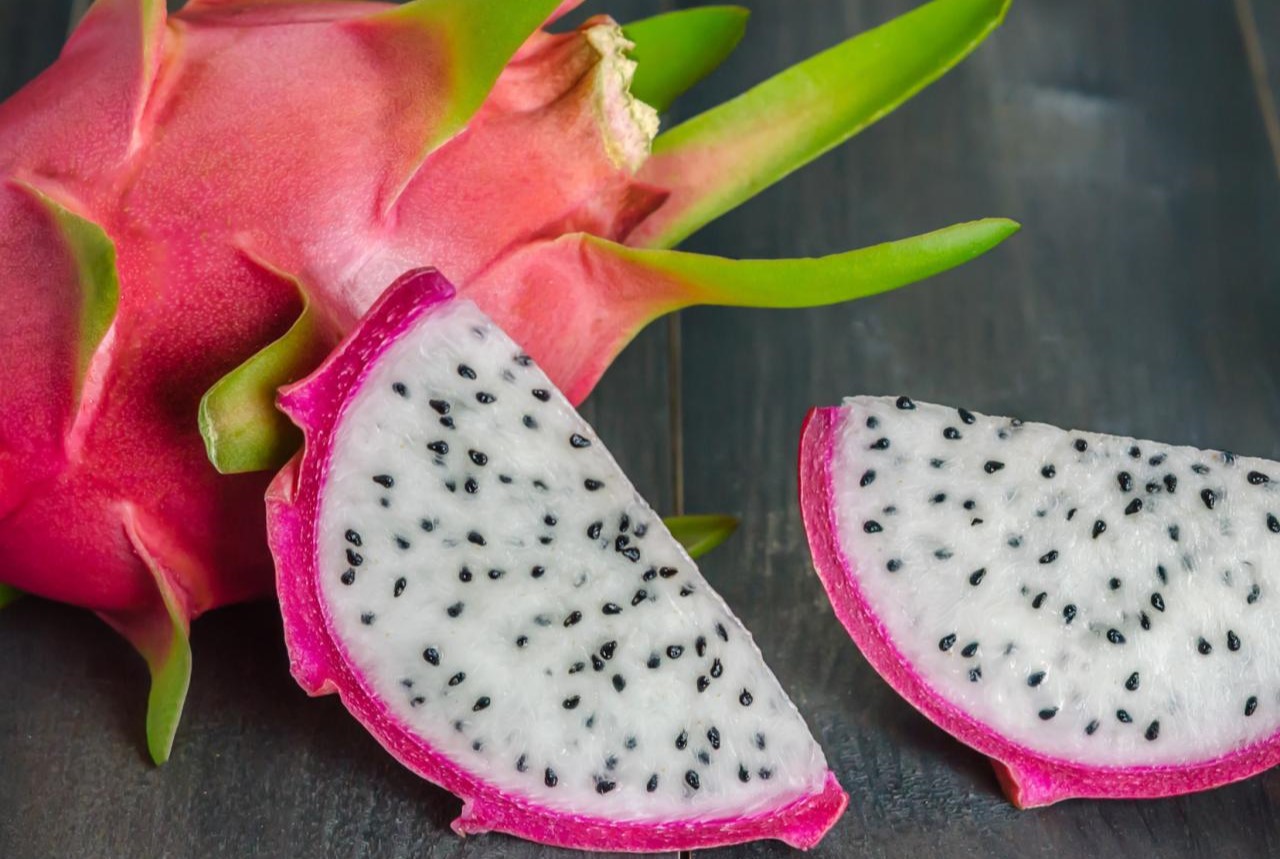
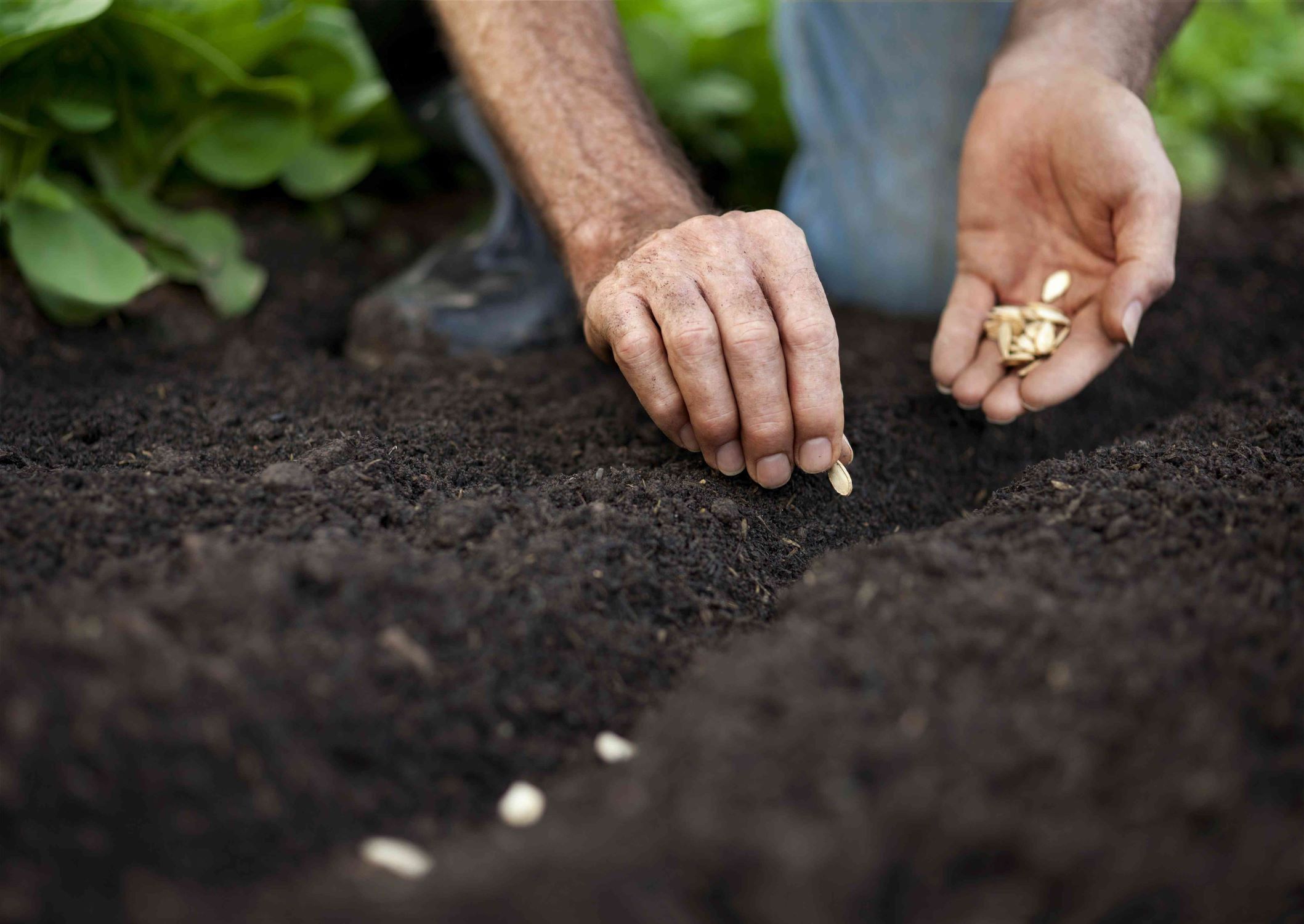
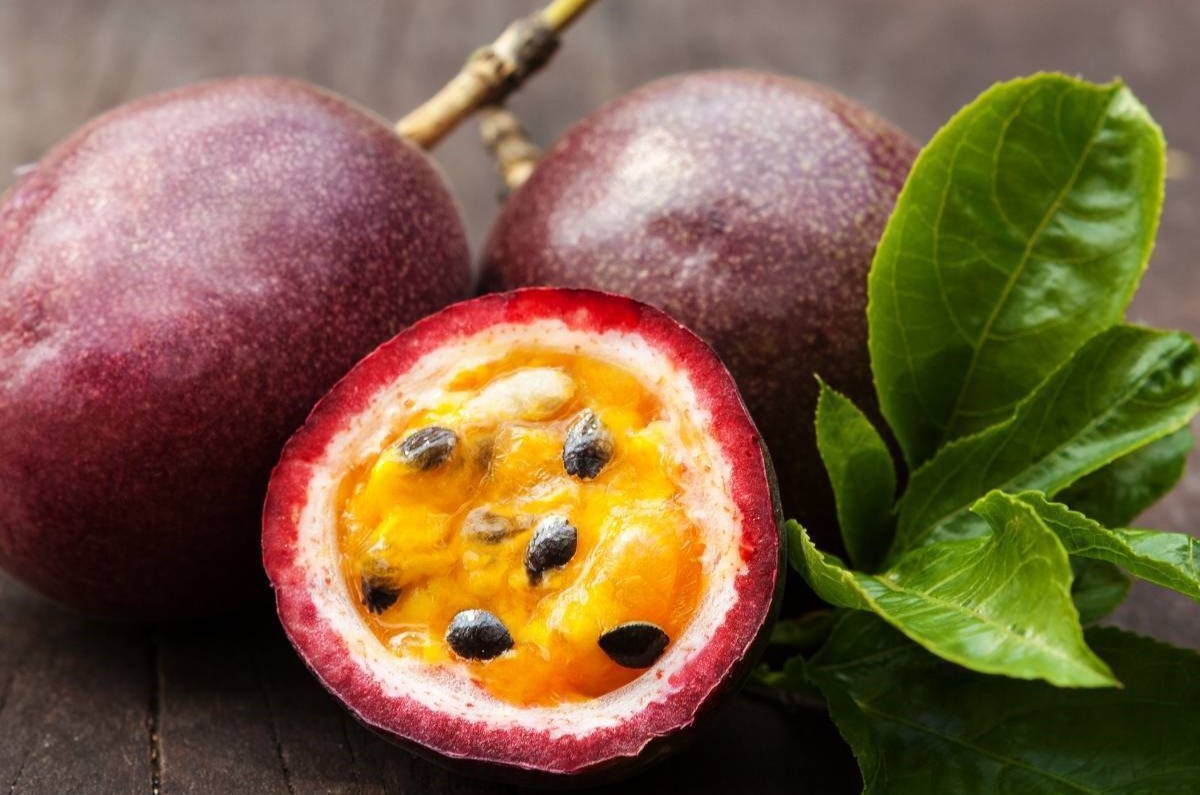
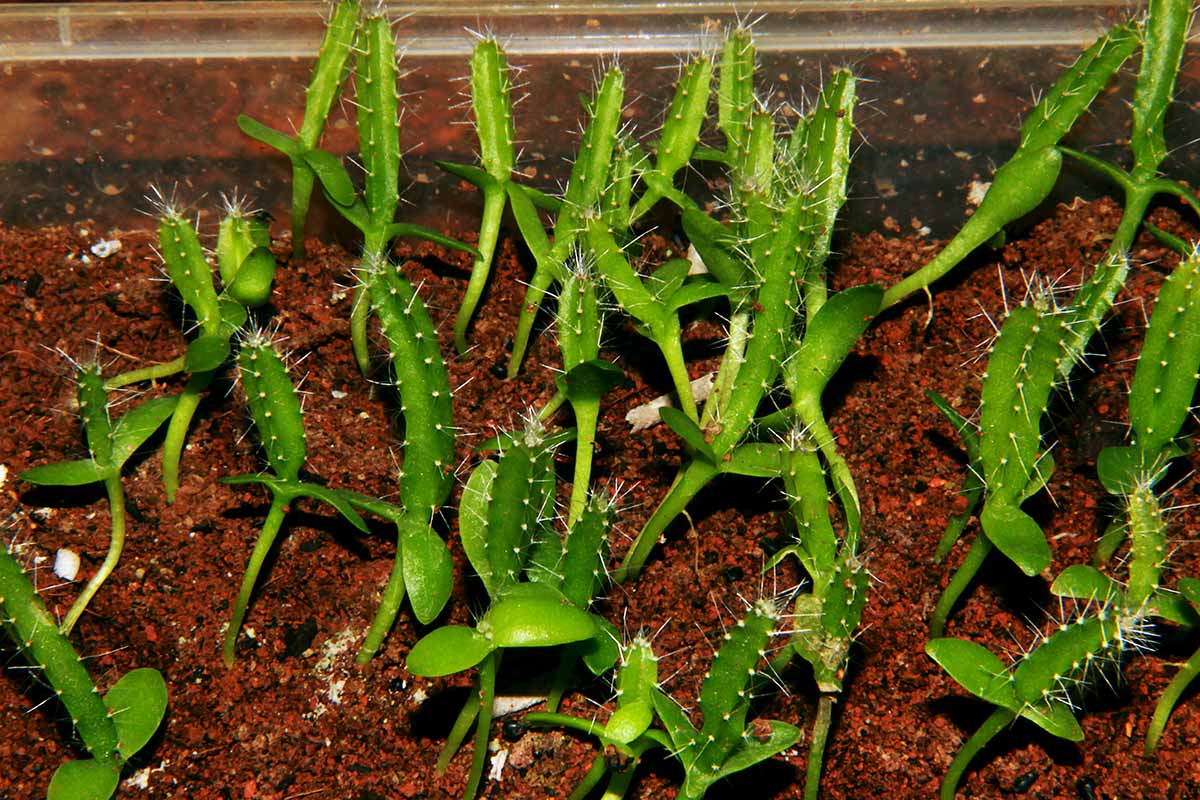
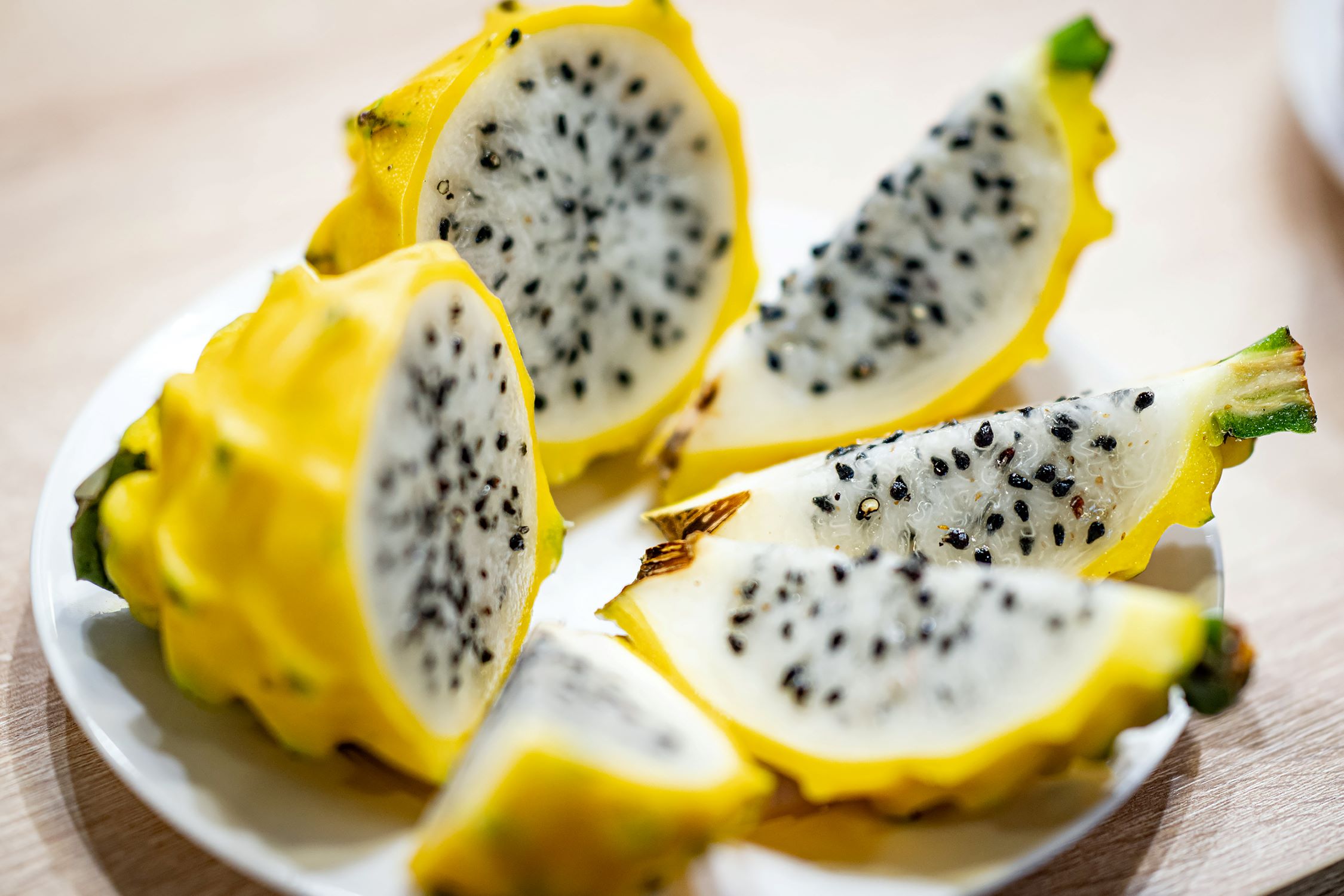
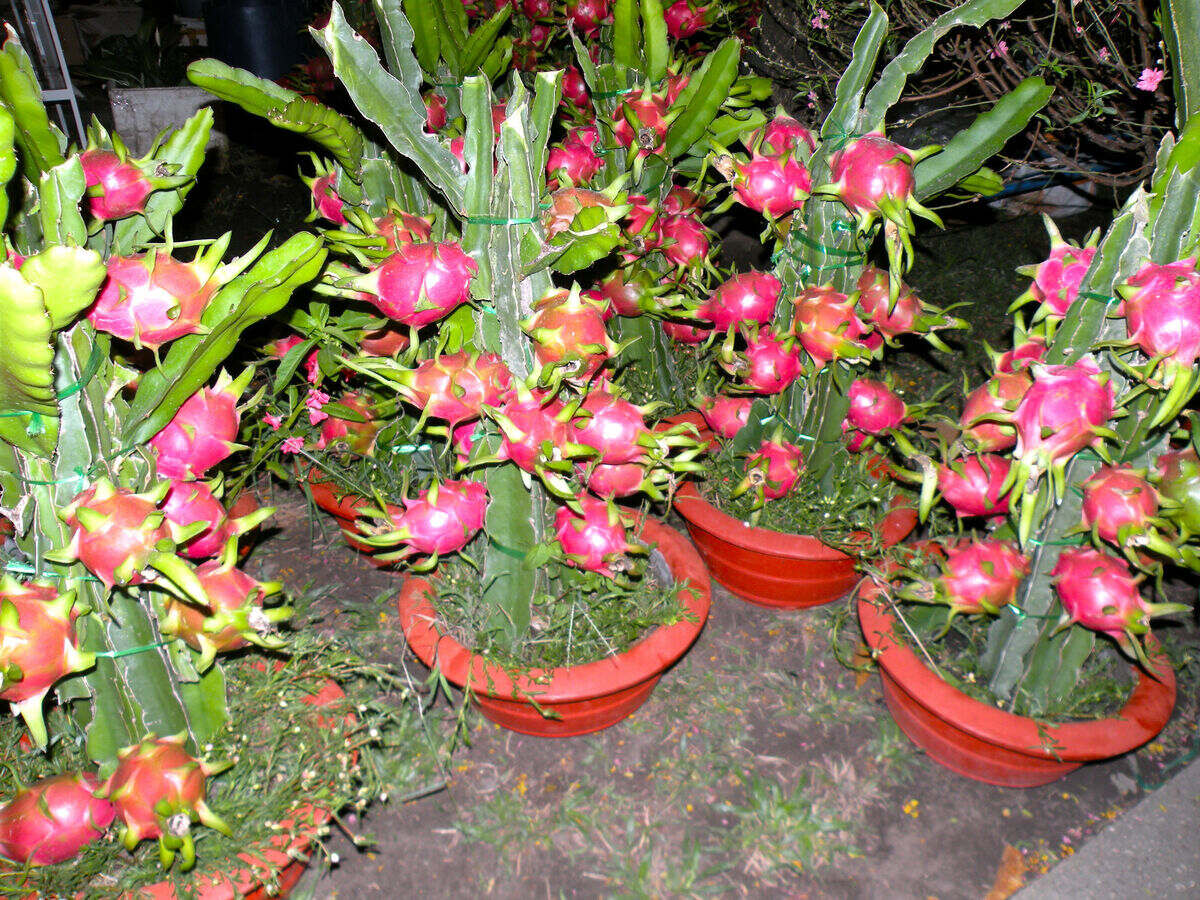
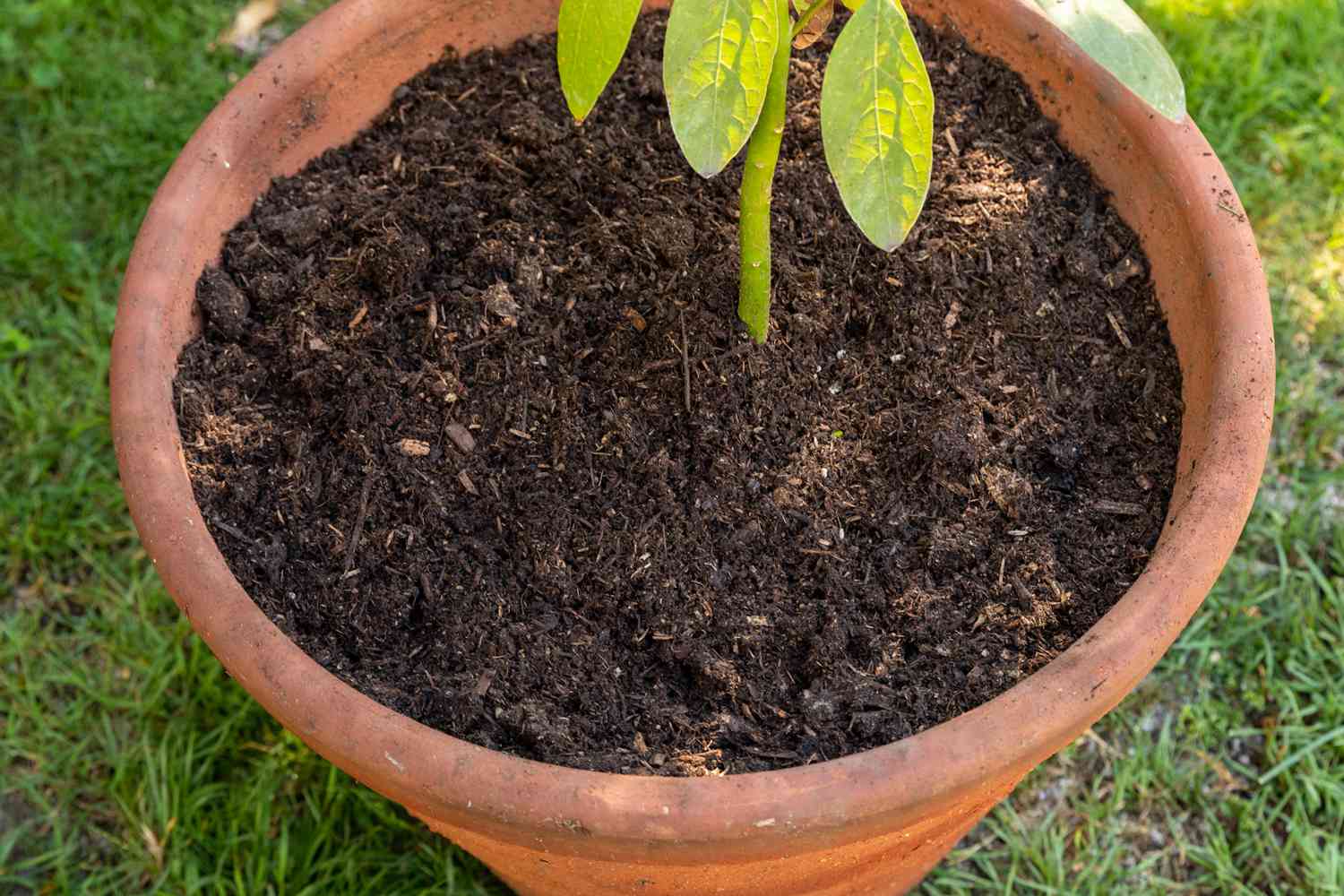
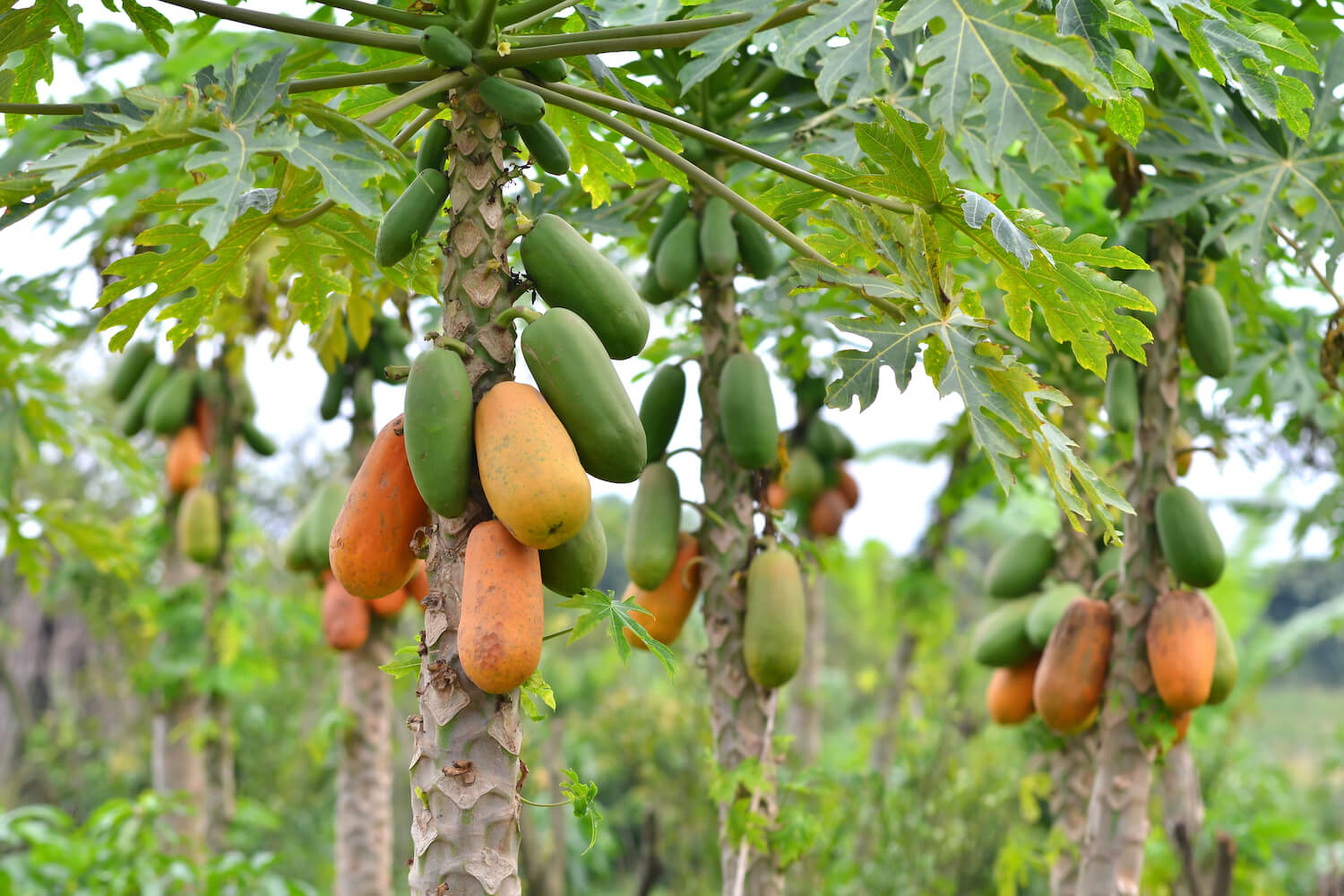
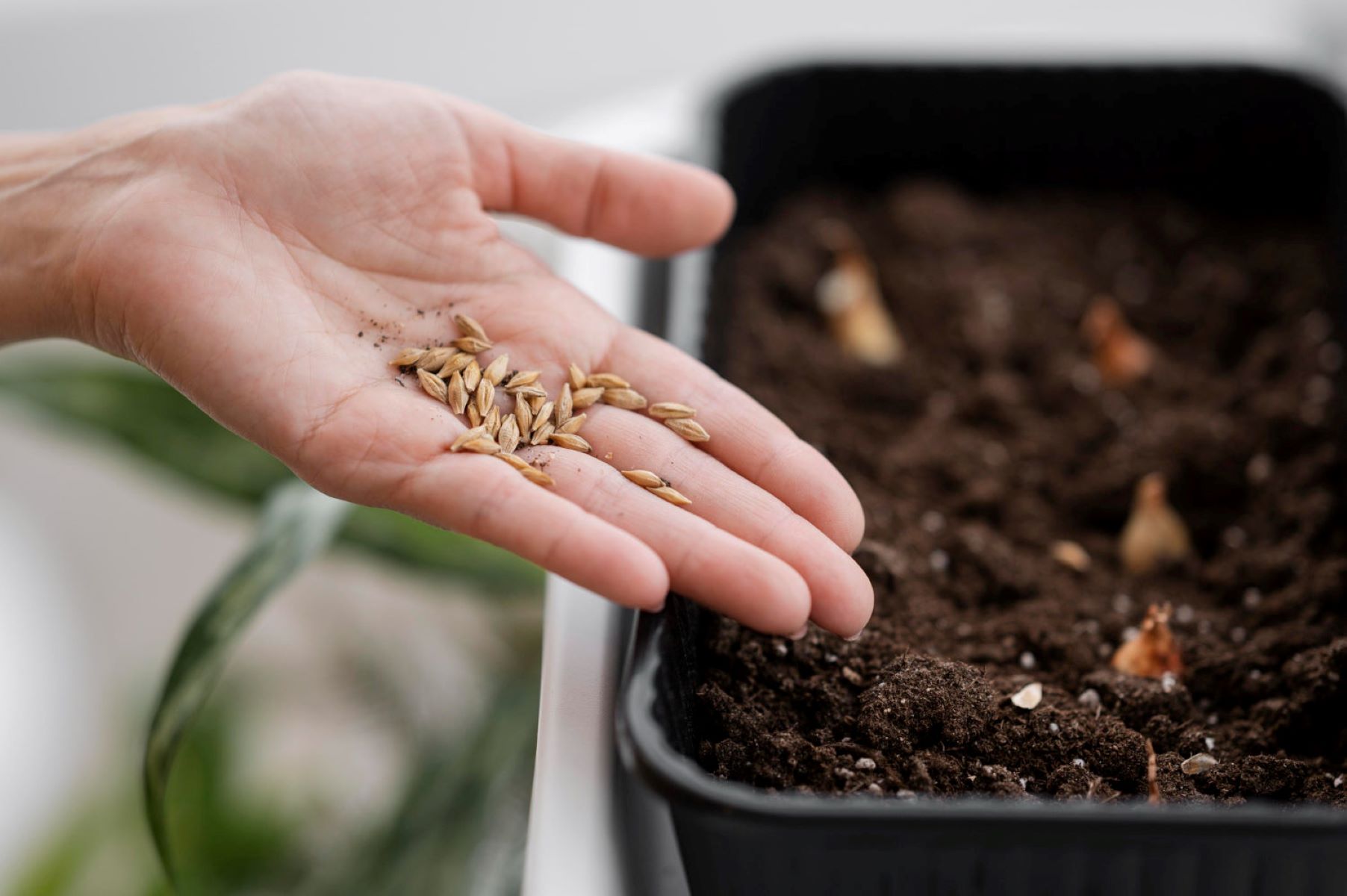
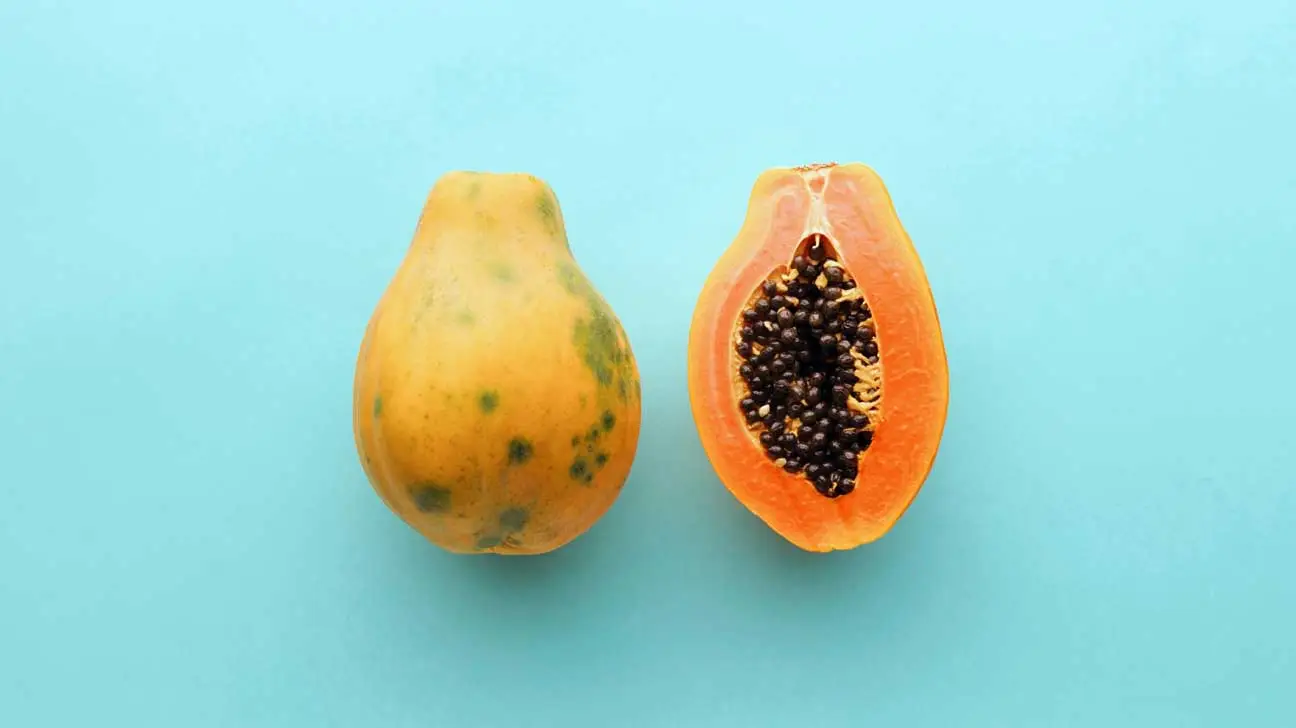
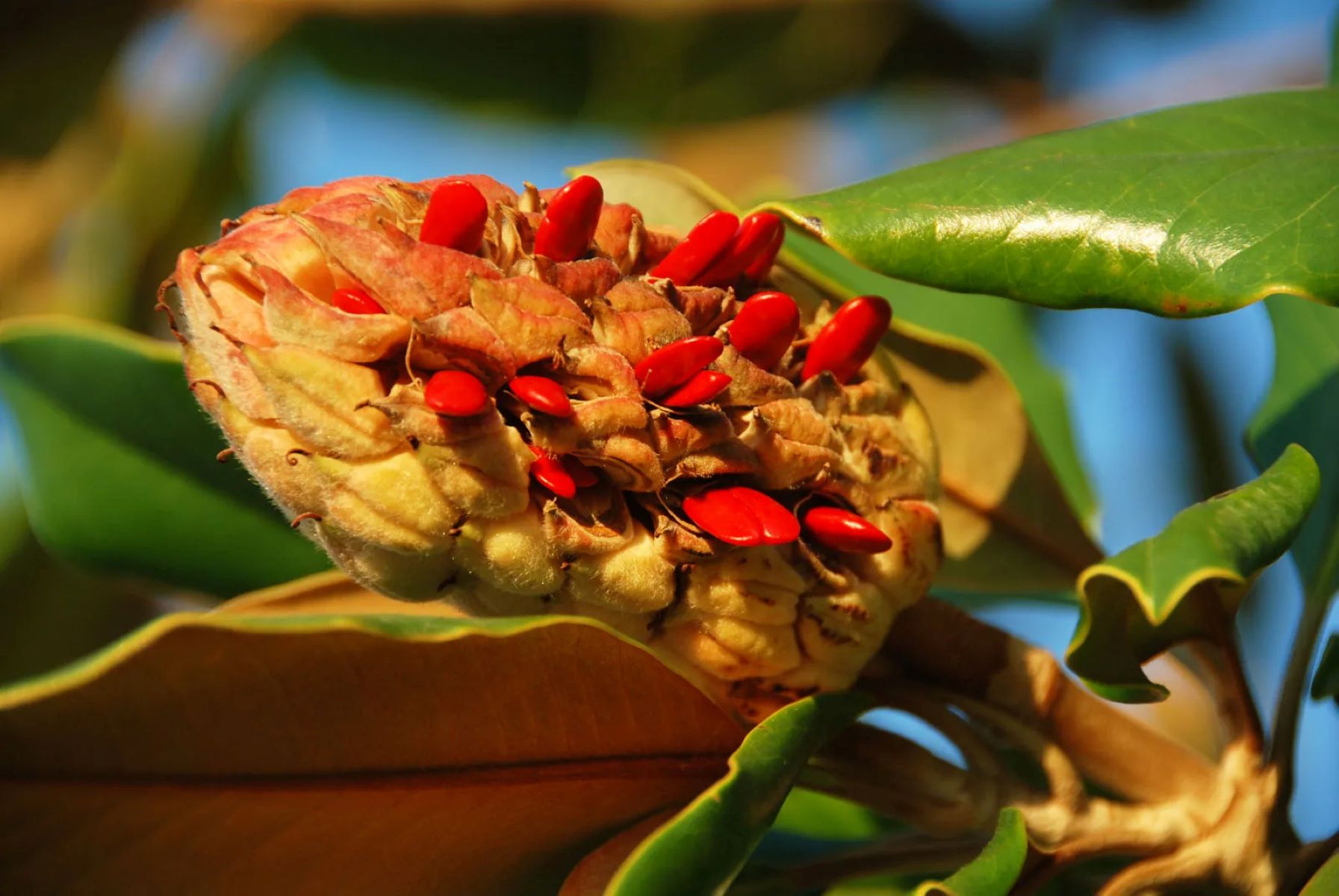
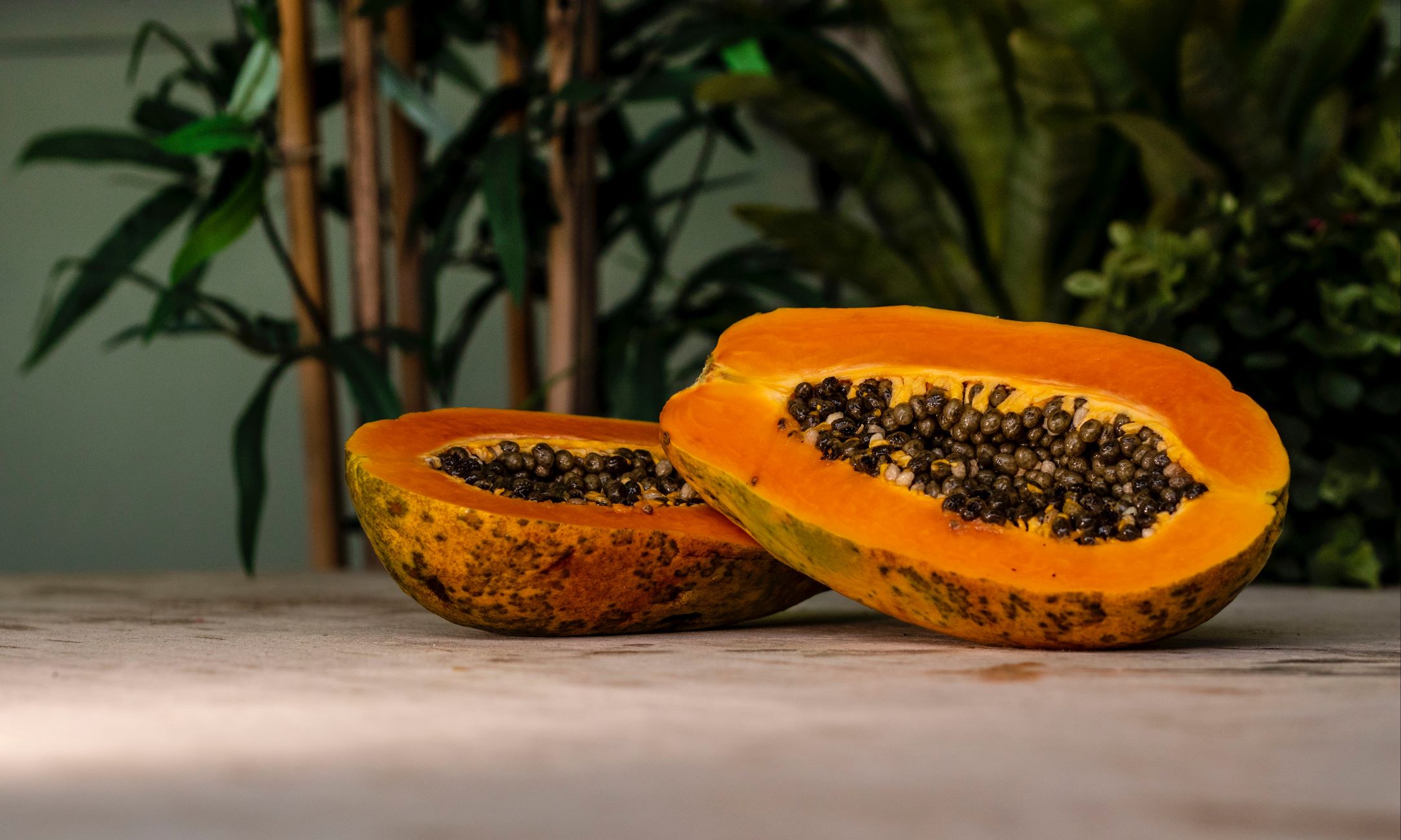
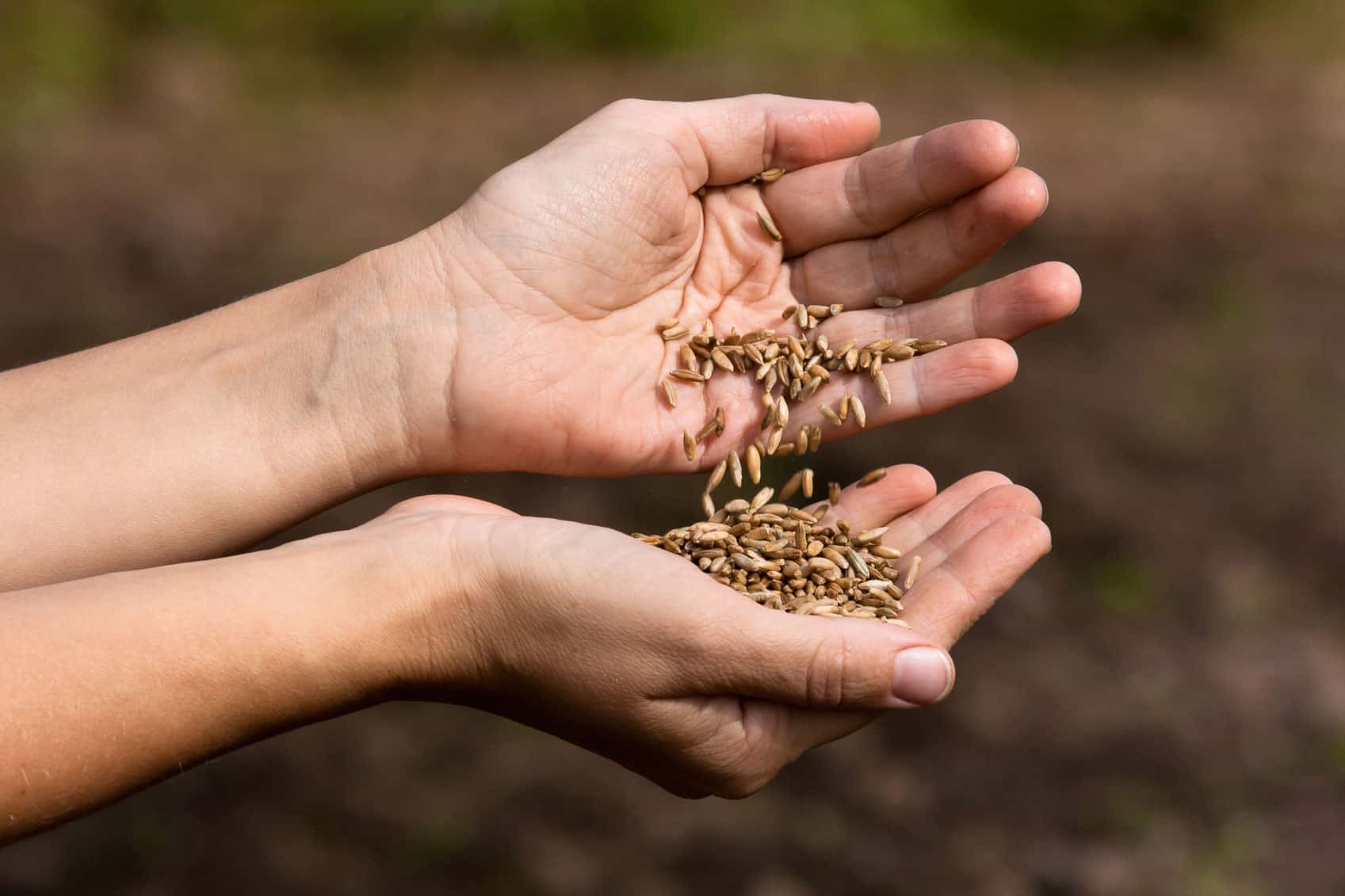
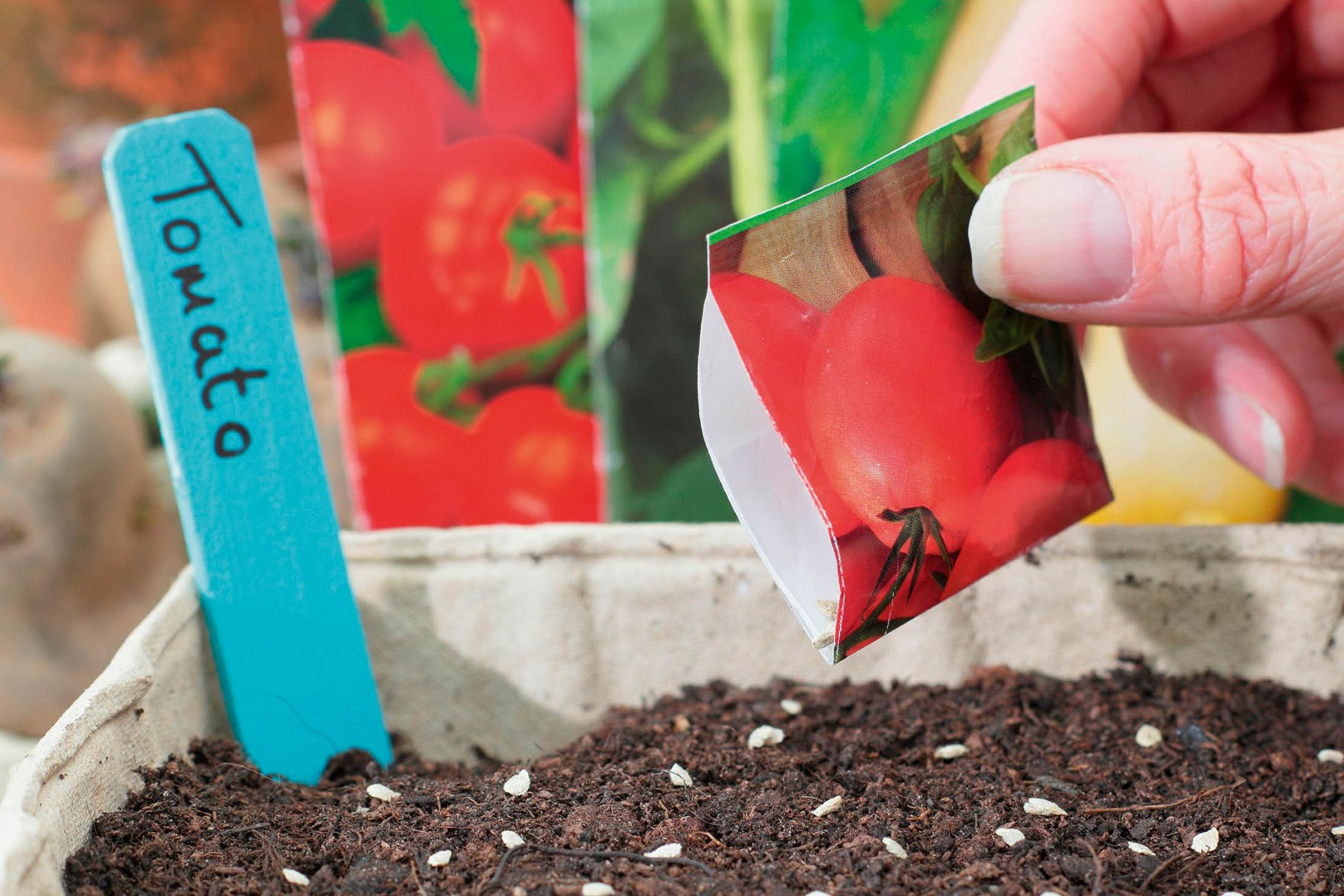

0 thoughts on “How To Plant Papaya Seeds From Fruit”